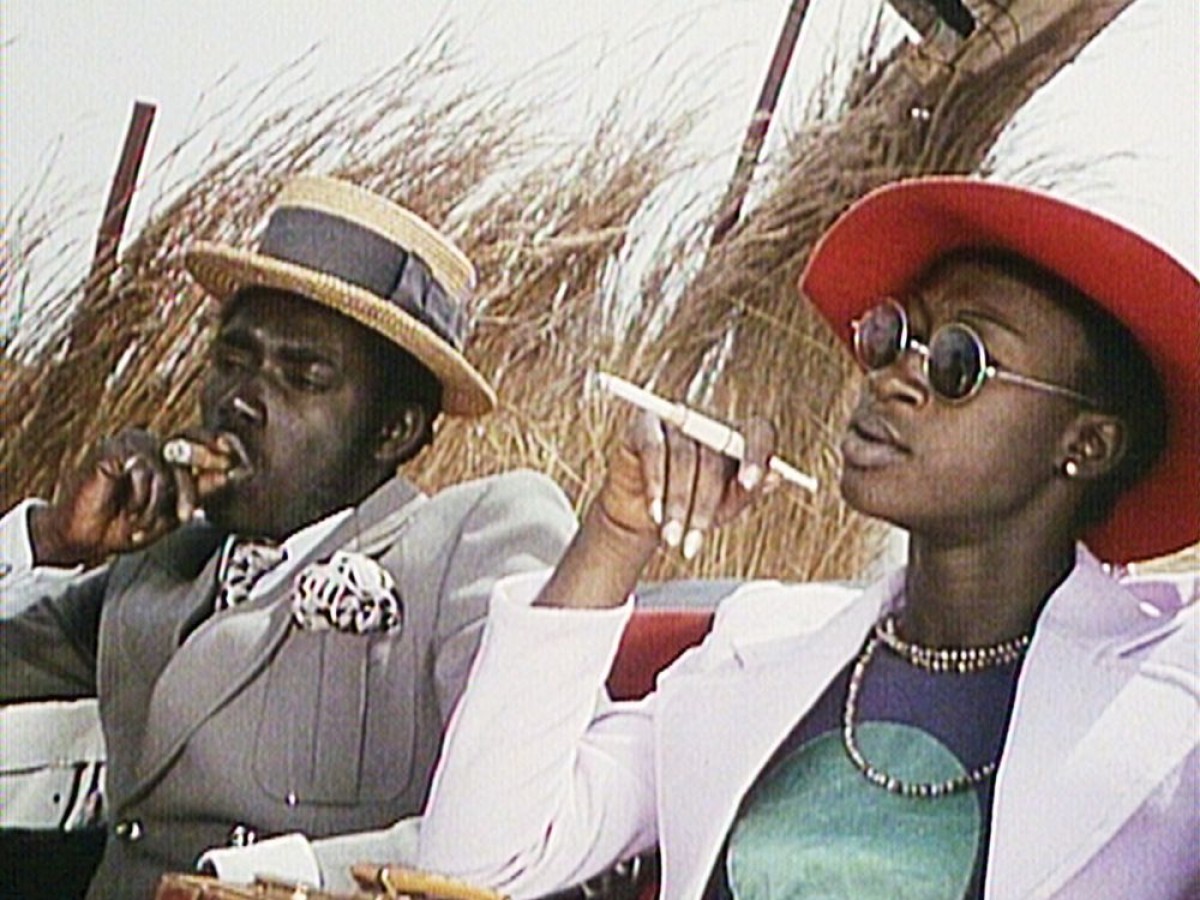A Tribute to Martin Scorsese's World Cinema Project
December 13, 2013 to January 8, 2014
In 2007, Martin Scorsese founded the World Cinema Project in order to preserve the broadest possible idea of film history. Exemplary works from Africa, Asia, South and Central America, as well as Eastern Europe, are being restored and made available to the public, often for the very first time. Although most of these films were critically celebrated at the time of their release and are deemed “canonical” in several books on film history, they are barely known today.
The individual films are selected primarily by a committee of well-known directors from different continents, and nearly all of the films are restored at the Cineteca di Bologna. Over the years, the WCPhas preserved a rich and eclectic group of works, with an early miniature by Ousmane Sembène (Borom sarret, Senegal 1963) standing side-by-side with Edward Yang's epochal four-hour fresco, A Brighter Summer Day (Taiwan 1991). An incandescent embodiment of all that world cinema can be, the arc of WCP restorations leads from Mário Peixoto's avant-garde masterpiece, Limite (Brazil 1931), through Kim Ki-youngs nightmarish pulp melodrama, The Housemaid (South Korea 1960), up to the modernism of the 1960s and 70s when, far from the "cultural capitals" of the west, autonomous centers of artistic rebirth began to appear in nations such as Senegal (Touki Bouki by Djibril Diop Mambéty), Iran (Downpour by Bahram Beyzai), or the Phillipines (Manila in the Claws of Light by Lino Brocka).
In addition to Fred Zinnemann, co-director of the classic Redes (Mexico 1936), there is a further “Vienna connection” to this series: Apichatpong Weerasethakul's Mysterious Object at Noon (Thailand 2000) was jointly restored by the Austrian Film Museum and the WCP. After its Venice and New York Film Festival screenings, the new print is now shown in Vienna for the first time.
Several of the WCP’s restoration projects have resulted in new 35mm prints, others are being made available as DCPs. Both formats are represented in the exhibition and can thus be compared.
